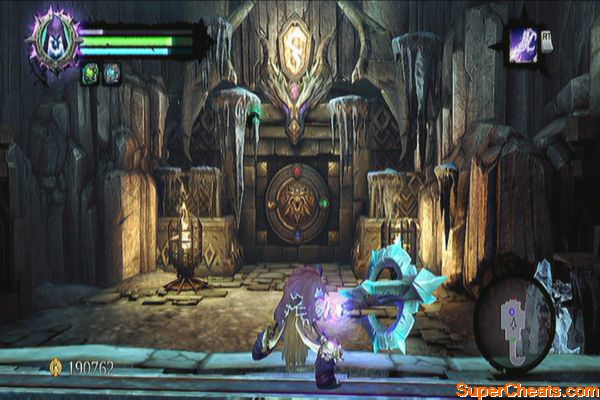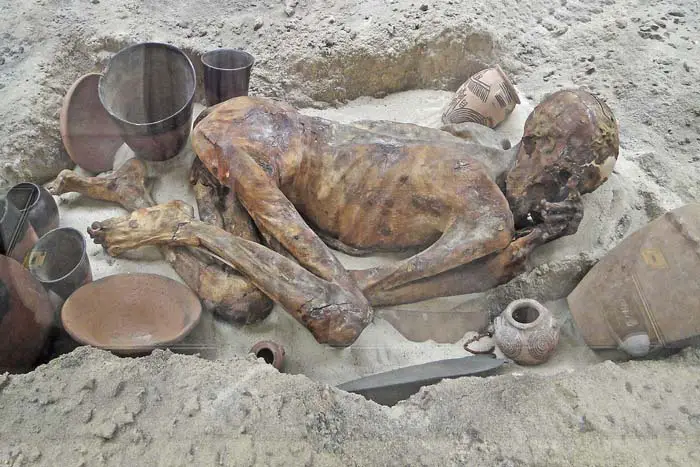

As the point of contact between the mortal and the immortal, art had the power to transport a person, to free them from the silent immobility of death. They were packed with an astounding array of artwork which spoke only to an elite group of visitors – the gods. Tomb art: the secret galleriesĮgyptian burial chambers were like secret galleries that were never meant to be viewed. Funerary cones were used from the Middle Kingdom onwards but mainly during the New Kingdom, and appeared most often in private tombs around Thebes. The pointed end allowed them to be pressed into the plaster above the doorway. Terracotta funerary cones were inscribed with the owner’s name and placed above the entrance to the tomb. However, these were mainly due to the wealth and status of the owner, evolving religious beliefs or political circumstances. The design on the door allowed the spirit of the person to move freely between the chapel and the tomb to receive offerings.ĭifferences can be seen in the size, design and complexity of tombs – which included pyramids, mastabas and rock-cut chambers. False doors were also placed in these chapels to establish a connection between the worlds of the living and the dead. The mortuary chapel was above ground and was accessible to visitors who would perform rites and make offerings of food and drink for the dead person. The burial chamber was below ground and housed and protected the body and spirit.

Tomb architectureĪll tombs had two essential architectural components that reflected their religious function – a burial chamber and a nearby mortuary chapel.
#Kingdom of the dead tombs how to
Within a few generations, the tomb’s entrance had been clogged with stone debris, built over by workmen’s huts and forgotten.Many years could be spent on building and preparing tombs, which were known to the ancient Egyptians as ‘houses of eternity’. Master builders and supervisors were instructed to perform rituals during construction and guidelines were provided on where to build, how to design, and also what materials to use. The pharaohs who followed King Tut chose to ignore his reign, as despite his work restoring Amun, Tutankhamun was tainted by the connection to his father’s religious upheavals. The entrance corridor was apparently looted soon after the burial, but the inner rooms remained sealed. The tomb’s antechambers were packed to the ceiling with more than 5,000 artifacts, including furniture, chariots, clothes, weapons and 130 of the lame king’s walking sticks.
#Kingdom of the dead tombs series
Embalmers removed his organs and wrapped him in resin-soaked bandages, a 24-pound solid gold portrait mask was placed over his head and shoulders and he was laid in a series of nested containers-three golden coffins, a granite sarcophagus and four gilded wooden shrines, the largest of which barely fit into the tomb’s burial chamber.īecause of his tomb’s small size, historians suggest King Tut’s death must have been unexpected and his burial rushed by Ay, who succeeded him as pharaoh. Akhenaten upended a centuries-old religious system to favor worship of a single deity, the sun god Aten, and moved Egypt’s religious capital from Thebes to Amarna.Īfter he died, Tutankhamun was mummified according to Egyptian religious tradition, which held that royal bodies should be preserved and provisioned for the afterlife.

Genetic testing has verified that King Tut was the grandson of the great pharaoh Amenhotep III, and almost certainly the son of Akhenaten, a controversial figure in the history of the 18th dynasty of Egypt’s New Kingdom (c.1550-1295 B.C.). WATCH: The Egyptian Book of the Dead on HISTORY Vault Who Was King Tut? The tomb’s hoard of treasure, intended to accompany the king into the afterlife, revealed an incredible amount about life in ancient Egypt, and made Tutankhamun the world’s most famous pharaoh. He was barely known to the modern world until 1922, when British archaeologist Howard Carter chiseled into the intact tomb of King Tut. Though his rule was notable for reversing the religious reforms of his father Akhenaten, Tutankhamun’s legacy was largely negated by his successors. King Tutankhamun (Tutankhamen or simply King Tut) ruled Egypt as pharaoh for 10 years until his death at age 19, around 1324 B.C.


 0 kommentar(er)
0 kommentar(er)
